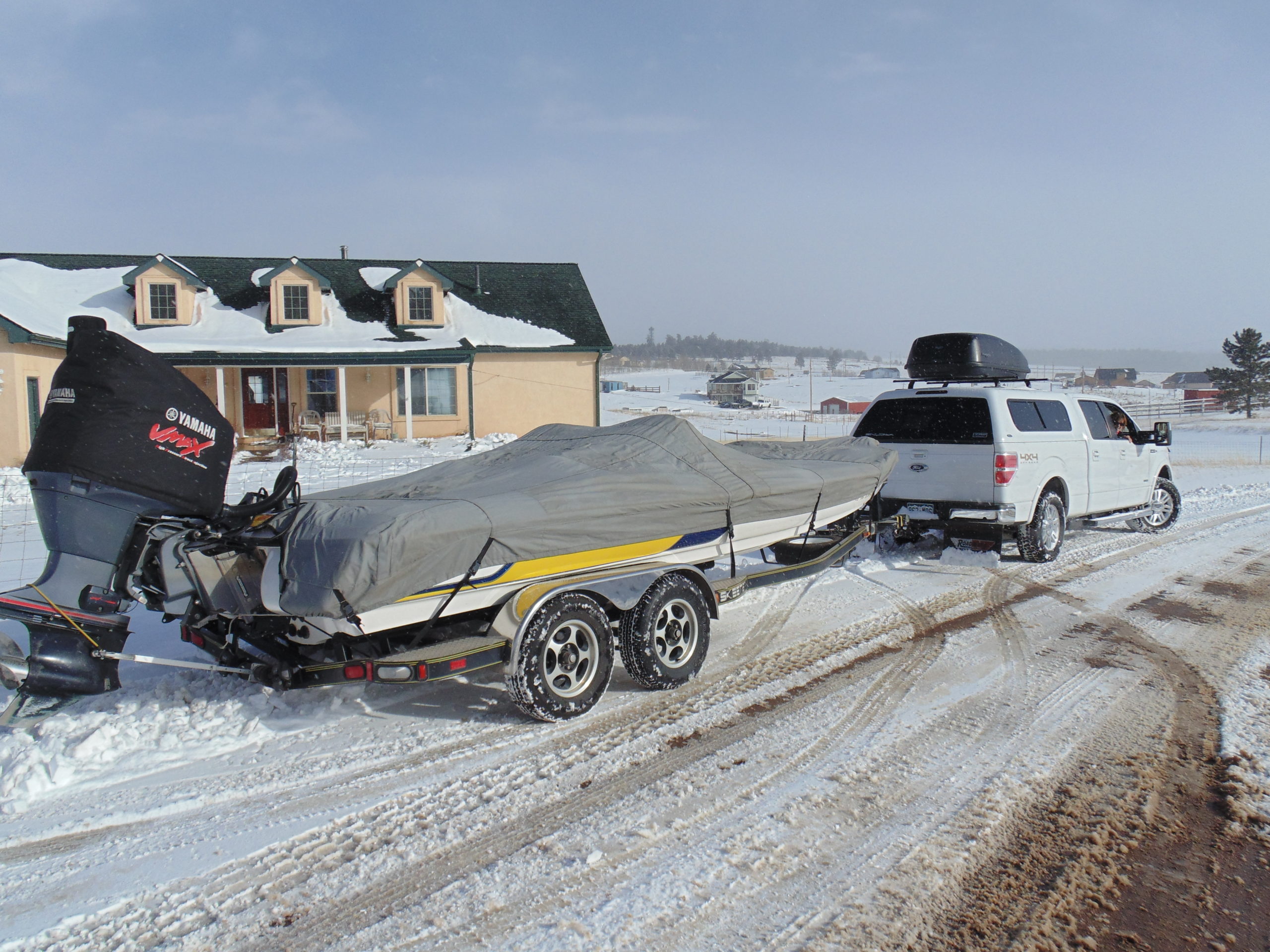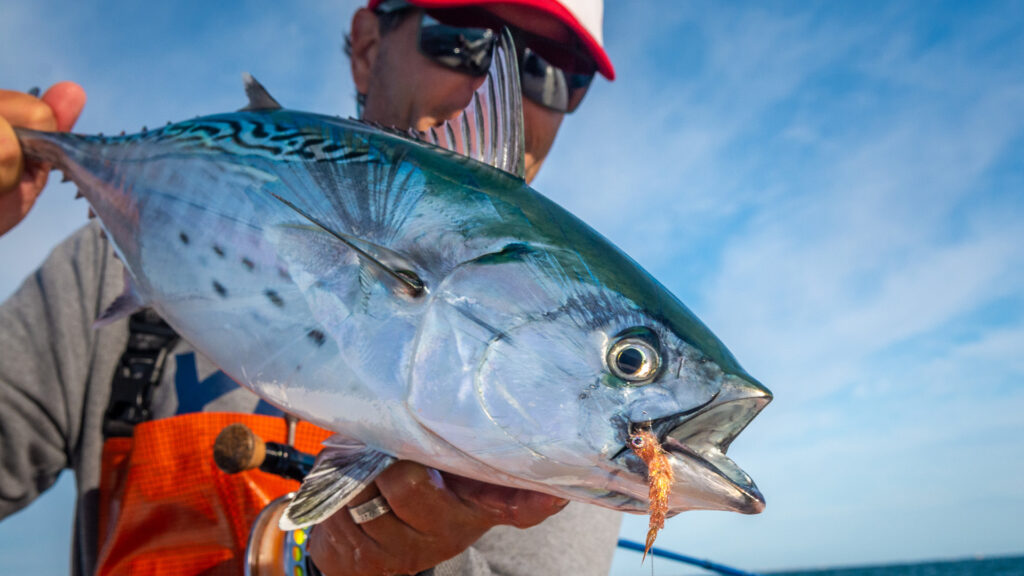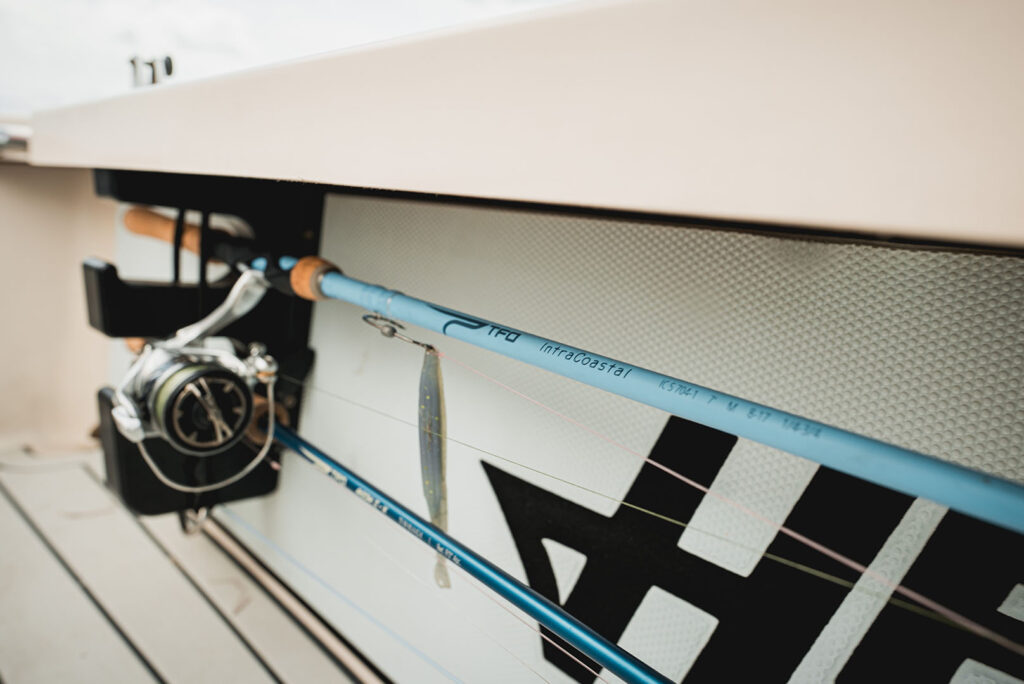Largemouth bass are known as a warm-water species, but this is not to say you should pass on winter fishing. TFO Ambassador and two-time junior world bassmaster champion Joey Nania provides six tips to make your time on the water more productive during those chilly stretches.
Expand Your Strategy by Going Deep
“I would say one of the biggest mistakes people make is not being versatile in the winter. On any given day of fishing, whether it’s winter, spring or summer or fall, there are a lot of fish that are shallow and there are a lot of fish that are deep. Deep-water winter fishing is one of the more forgotten techniques. What a lot of guys do is fish a crankbait and a jerk bait, and those are two techniques that always I have ready to go in the winter time, and the little SR 7 shad rapper, crawdad color, is a great crankbait. Also (I use) a jerk bait. A jerk bait is a great way to catch them shallow. In the winter time, I always give those shallow fish a chance.
But a lot of times with your numbers, a lot of times where your bass are living is out deep. Learning how to fish deep is important for fishing success throughout the year, because shallow fish do not bite every day. No doubt about it. You can catch them up shallow, but normally you’re not going to catch a ton of fish. You’re not going to get a consistent bite or numbers. The majority of the population is deep.”
Lures to Use and Where to Fish for Bass
“For deep fishing, there’s a couple different baits I like to use. One of the main ones is a 6th Sense Divine Underspin, with a fluke-style bait on the back of it. That’s good to be slow rolled on the bottom for deep schools, and then my second favorite is the bass Underspin and Nedmiki rig. The Nedmiki is (for) a vertical technique.”
Structure. Structure. Structure.
“What I do is use my depth finder. The key in the winter and the summer when it’s warmer is bass are going to be holding in current-oriented places in the structure. They’ll be right on the brush pile or right on the tip of the point or right on the brink of the ledge. But in the winter time, they lay in the holes and depressions and pretty much in the valleys and troughs between structures. They lay in the deeper holes, because that’s a softer bottom, a mud bottom and they’ll lay out there in the cold with their bellies in the mud and they eat shad. I like to locate those fish with my Underspin fan-casting in those deep holes and deep depressions. I’m talking 16, 17 out to 25 feet deep. A lot of times it will be near a creek channel, but a lot of the times, they won’t be on a creek channel, they’ll be in holes in the pocket, in the deepest part of the pocket, something like that, a pre-spawn staging deal.”
Use Your Technology
“The easiest way to find these fish is with your depth finder using your side imaging looking for those white dots. In the summer when I’m graphing deep, I like to use my down imaging. I still use my side imaging, but the down imaging shows me where those schools are sitting. In the winter, those schools will be scattered 5, 10 feet apart. It’s harder to see them on the down imaging, but on the side imaging you’ll see fifty to a hundred dots between two pieces of structure pretty much with high spots on the bottom.”
Pay attention to Water Temperature
“They pretty much do the same thing all year long. It just gets a little bit tougher. The colder the water is the less they’ll eat because their metabolism is slower. The colder the water the slower it will be. That’s why it’s important to do that vertical fishing out deep. You’ve got to drop a Nedmiki or Damiki rig or a jig head with a minnow. You’ve got to drop it right on their head and jiggle it in front of their nose. It’s really important to have a sensitive rod when you’re doing that. It’s important to feel those bites. I’d say it’s important to have a (TFO) 6-9 GTS Tactical, Drop-Shot rod, medium light. You want that light, soft rod for vertical fishing. It’s almost ice fishing from your boat. You’re pretty much ice fishing. You’re vertically dropping it on their head, and a lot of times once you catch one, more fish will come into the area to investigate.”
Patience Pays and Here’s Why
“Their feeding zones are a lot smaller. They’re not going to feed all day long like they do in the hotter months. It’s going to be a narrower window, when they actually do eat. The key is finding those places the fish are using and looking for life and activity using your graph. The other way you can find fish is birds. If you see birds diving in a certain area and you look on your graph and see if their diving between two holes or whatever. I look for that a lot. But when the water temperature gets down to 48 (degrees) or so you don’t see as much of that bird activity, either.
“I still think the winter bite is really good in the morning time, but in the afternoon, there always seems to be a spike (in feeding too). In the winter, if you have a front pushing in and you can get out there pre front, those fish will feed a little better. That barometric pressure makes a difference than it does in other times of year. If you’ve got a good day with a front pushing in, that can be really important. Wind can push those fish a lot, too, if the wind blows and moves the water and bait fish, those fish might hold closer to wind-blown structure.”






